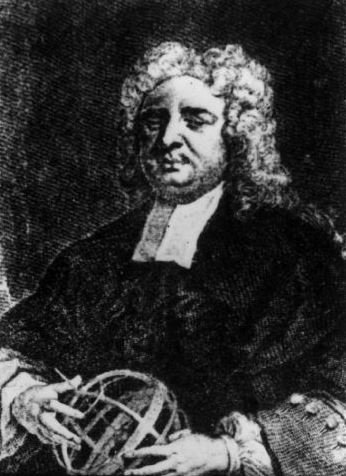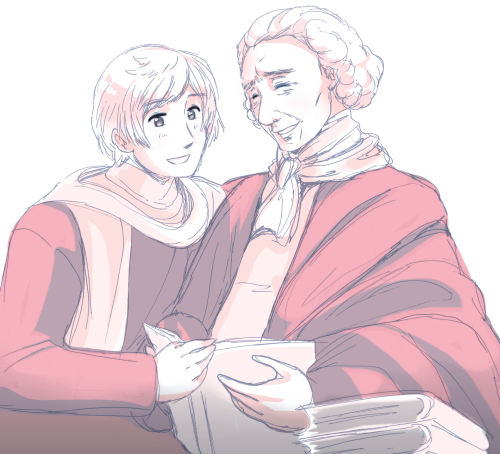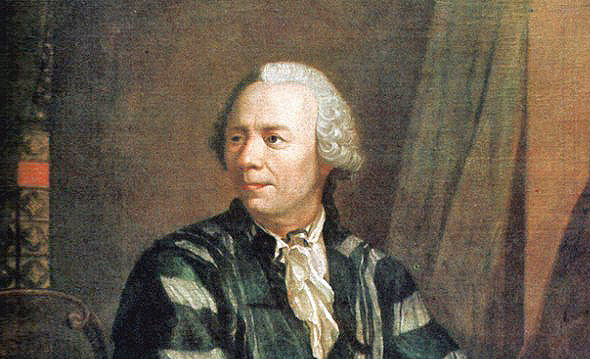

Divide the circumference of a tennis ball by its diameter and you get 3.14. But what's remarkable is that no matter the size of the circle you are measuring, that ratio of circumference to diameter will always equal 3.1415926535897, usually shortened to 3.14. The definition of pi is simple: It's the ratio of a circle's circumference divided by its diameter.

The digits of Pi have been calculated out to more than 22 trillion decimal places without ever repeating (that's called an " irrational number"). It's the rarest of mathematical constants, an unfailingly accurate ratio that's also neverending. Pi has mesmerized mathematicians for 4,000 years. Who knows-played often enough, Sudoku may help make the human race a tiny bit smarter.Pi is an extremely interesting number that is important to all sorts of mathematical calculations. What is clear though is that Sudoku is a fun and challenging way for people of any age and culture to hone their logical and deductive abilities. Where this rapidly developing fad leads to, no one can tell. Other variants require computational skills. Sudoku puzzles using letters and symbols, some even spelling words in their final solutions are also becoming available. For the truly addicted, there are even 16 by 16 grids, not to mention a 25 by 25 grid apparently offered by Japanese game developer Nikoli. There are 5 by 5 games, 6 by 6 and 7 by 7 games. Four by four (4 x 4) Sudoku with 2 by 2 subsections are simpler, fun for younger audiences, and easy to deliver to mobile devices like cellphones (this site offers a 4 by 4 variant). While the 9 by 9 grid is the most common form of Sudoku, there are many variants of the game. In the US, the New York Post, the San Francisco Chronicle and USA Today offered Sudoku puzzles to their readers by September 2005.
#SWISS MATHEMATICIAN LEONHARD CROSSWORD SOFTWARE#
It is interesting to note that while software is critical to being able to supply the growing demand for Sudoku puzzles-it can take hours of processing time to generate one unique puzzle-it was old media in the form of newspapers that have done so much to spread Sudoku around the world. By the summer of 2005, major newspapers in the US were also offering Sudoku puzzles like they would daily crossword puzzles. Once again, Sudoku's popularity crossed the oceans. Within a few months, other British newspapers began publishing their own Sudoku puzzles. The first game was published on November 12, 2004. In the fall of 2004, he was able to convince The Times to start publishing daily Sudoku puzzles developed using his software. He first came across a Sudoku puzzle in a Japanese bookshop in 1997, and later spent many years developing a computer program to generate them. This development was due to the efforts of Wayne Gould, a retired Hong Kong judge originally from New Zealand. Yet almost two decades passed before the game was taken up by The Times newspaper in London as a daily puzzle. Afterwards the game became increasingly popular in Japan and started becoming a fixture in daily newspapers and magazines. Nikoli gave the game its current name, and helped refine it by restricting the number of revealed or given numbers to 30 and having them appear symmetrically. Maki Kaji (pictured at left), urged the company to publish a version of the puzzle that became a huge hit in that country. In the mid-1980s, the president of the Japanese puzzle giant Nikoli, Inc., Mr.

They called it Number Place, and it was developed by an independent puzzle maker, Howard Garnes. In the late 1970's, Dell Magazines in the US began publishing what we now call Sudoku puzzles using Euler's concept with a 9 by 9 square grid. The 18th century Swiss mathematician Leonhard Euler apparently developed the concept of "Latin Squares" where numbers in a grid appear only once, across and up and down. Unlike many games which spring from one culture and are then absorbed by others, Sudoku's development reveals it to be a true hybrid creation. It also connotes someone who is single-indeed, one way to describe the game is "Solitaire with numbers." Sometimes it is mis-spelled as "soduko" or "sudoko." Although its name is Japanese, its origins are actually European and American, and the game represents the best in cross-cultural fertilization. "Su" means number in Japanese, and "Doku" refers to the single place on the puzzle board that each number can fit into.


 0 kommentar(er)
0 kommentar(er)
